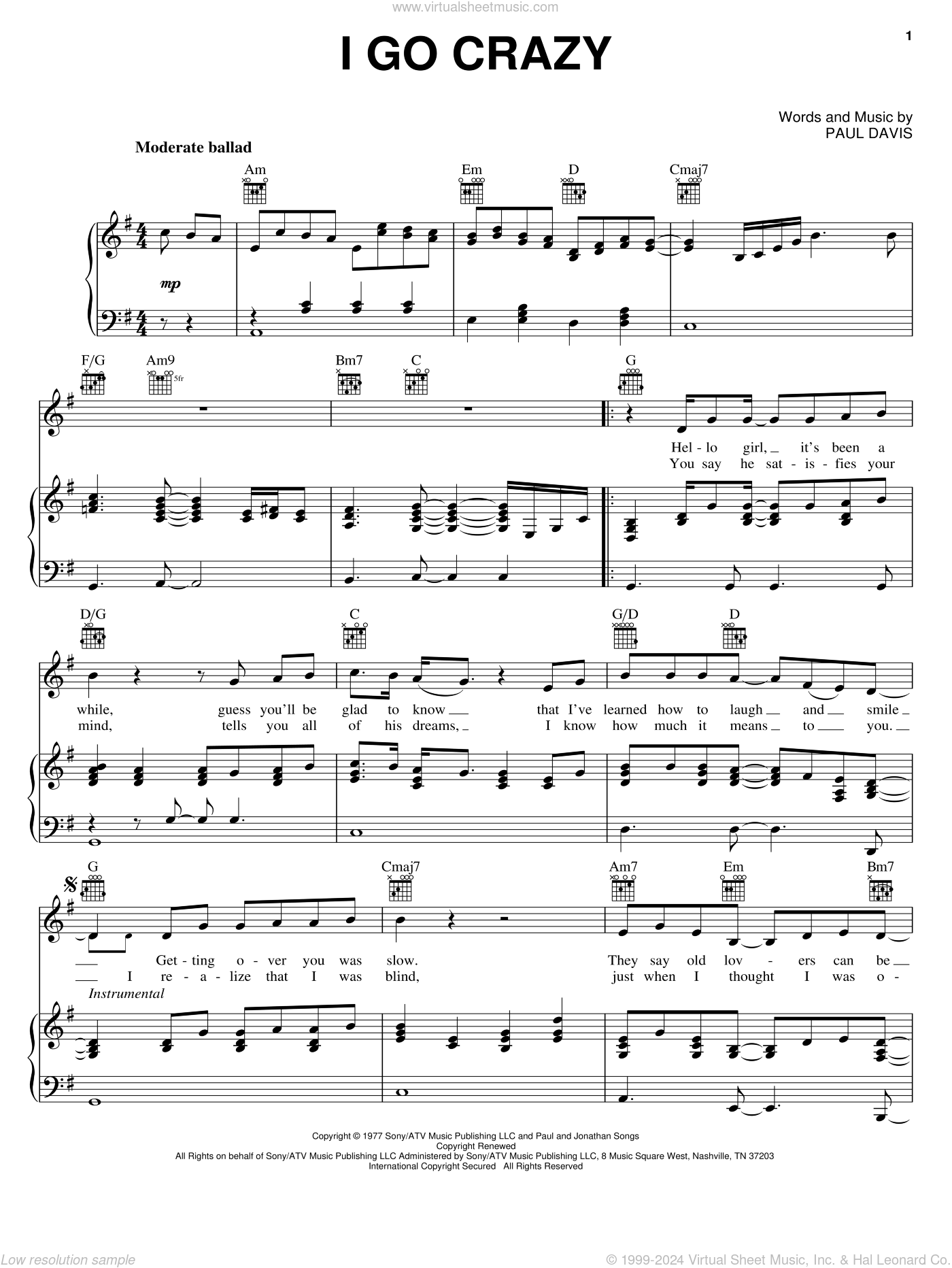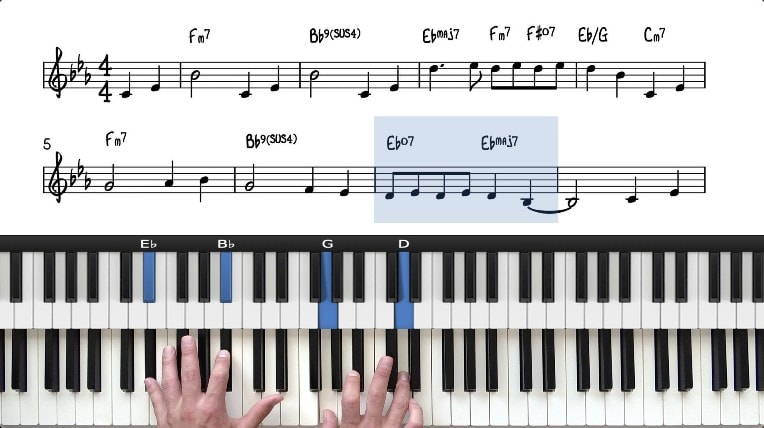
Thelonious Monk – “Round Midnight” Watch Here. “Round Midnight” has an incredibly infectious. Lots of easy piano music with guitar chords if you need them. Each song is several pages long, so turning pages is a bummer, but the notes and lyrics are large and easy to see. Good product for a good price. The Jazz piano lessons featured in this course have been made quite easy to encourage students to start and complete the course. Some of the aspects of the course that have been simplified include the advanced chord voicing from 3rds and 7ths, and playing the 7ths from the root position. Hal Leonard Jazz Piano Method By Mark Davis The Player's Guide to Authentic Stylings The Hal Leonard Jazz Piano Method is a comprehensive and easy-to-use guide designed for anyone interested in playing jazz piano – from the complete novice just learning the basics to the more advanced player who wishes to enhance their keyboard vocabulary.
Classical vs Jazz
Like many pianists, I first started learning Classical music and only later became interested in and transitioned over to Jazz. Unsurprisingly, playing Jazz music requires a completely different skill set to Classical.
Some of the differences between Classical and Jazz music are:
- Classical music is (generally) completely composed (with the exception of Bach); while Jazz music is largely improvised;
- Classical music generally uses a straight rhythm; while Jazz generally uses a swing rhythm;
- Classical music pieces often have long and highly structured forms (sonatas, etc.); while most Jazz songs have a 12 bar or 32 bar form that just repeats.
Easy Jazz Piano Sheet Music
Interestingly, both early Classical (Baroque & Classical) and early Jazz (Dixieland & Swing) are harmonically relatively simple. And later Classical music (Romantic & Serialism) and later Jazz (Free Jazz & Post-bop) are more harmonically and structurally complex. In fact, there is some overlap with Jazz and 20th Century Classical music (Rhapsody in Blue).
Introduction to Jazz
Lead Sheets
In Classical music, you use sheet music which indicates every single note you need to play and exactly how to play it. In Jazz, on the other hand, we generally only use a lead sheet (see below). A lead sheet outlines only the skeleton of the song – the basic chord progression and melody – and you are NOT supposed to play it exactly as written. Your job as a Jazz musician is to take the basic chords and melody and:
- Create a more complex chord progression by using extensions, alterations and substitutions;
- Embellish the melody (have a listen to Louis Armstrong play a melody – he never quite plays it exactly as written) and improvise over the chord progression.
Rhythm
Jazz generally (though not always) uses a swing rhythm with a backbeat (accent on beats 2 & 4). This creates a strong syncopated feeling.
Form
Most ‘Traditional’ Jazz Standards have either a 12 bar Blues or a 32 bar AABA/ABAC form, and are played using a ‘Head-Solo-Head’ structure:
- Head: Means playing the chords and melody largely as written (with substitution and embellishment)
- Solo: Means improvisation over the same chord progression (again, with substitutions)
So the song is repeated multiple times with the melody played the first and last time through and improvisation squeezed into the middle. (More modern Jazz, like Post-bop or Free Jazz, use very different forms but we will get to that later).

Easy Jazz Piano Trombone Duet Sheet Music Free

Homophony
Jazz is almost always ‘homophonic’. This just means that Jazz consists of two part:
- Jazz Chords (Harmony); and
- Improvisation (Melody).
In this module we will be learning all about Jazz Chords – how to build them and how to analyse them. Then in later modules we will move on to discussing scales and improvisation.
